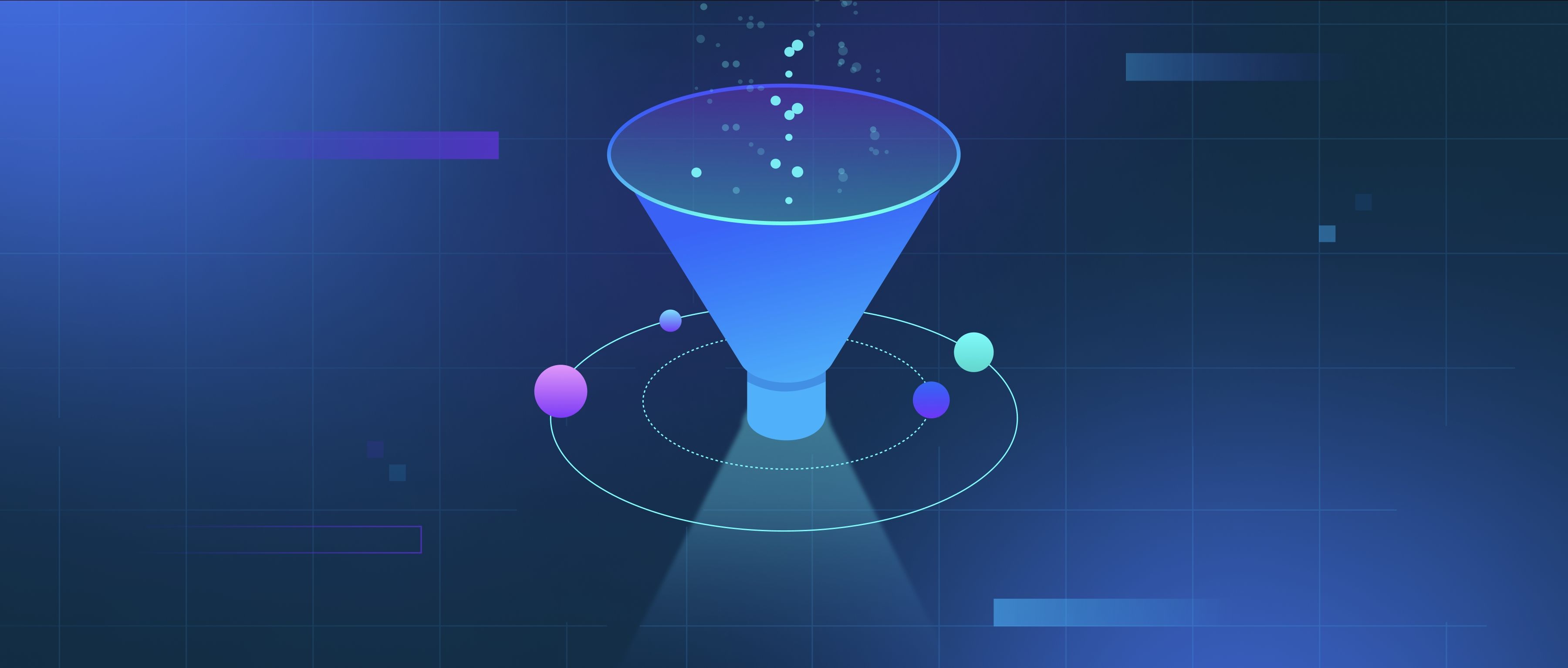Transfer learning is a technique in artificial intelligence (AI) where a model trained on one task is adapted to perform another, often related, task. This approach leverages pre-existing knowledge from one domain to enhance learning in a new domain, making it especially useful in situations where data is scarce. For instance, a model trained to recognize objects in images (like cats and dogs) can be fine-tuned to recognize different breeds of dogs, saving time and computational resources compared to training a model from scratch.
When it comes to reasoning in AI, transfer learning can significantly improve a model's ability to generalize from one context to another. By starting with a model that has already encountered many scenarios, it can quickly adapt its reasoning process based on what it learned previously. For example, if an AI originally trained to understand medical terminology is then adapted to comprehend legal documents, its foundational understanding of language patterns can facilitate a smoother transition. This means that the model can apply similar logic and reasoning structures from the medical domain to the legal domain, enriching its comprehension and performance.
However, transfer learning is not without challenges. The effectiveness of the transfer depends on how closely related the tasks are. If the initial task's training data is too different from the new task's data, the model may struggle to adapt its reasoning effectively. To optimize this, developers often perform domain adaptation techniques or choose pre-trained models that are relevant to the target domain. This ensures a better retention of the reasoning capabilities developed during the initial training, ultimately leading to more robust and accurate AI systems.
